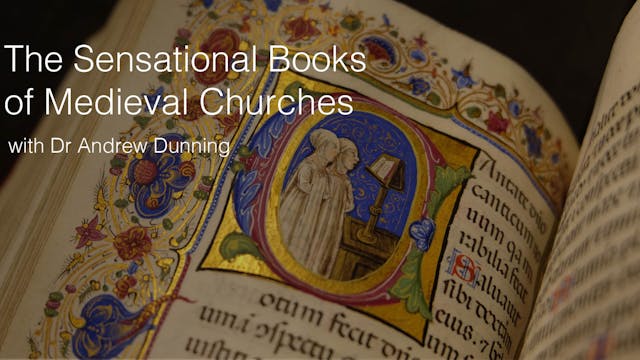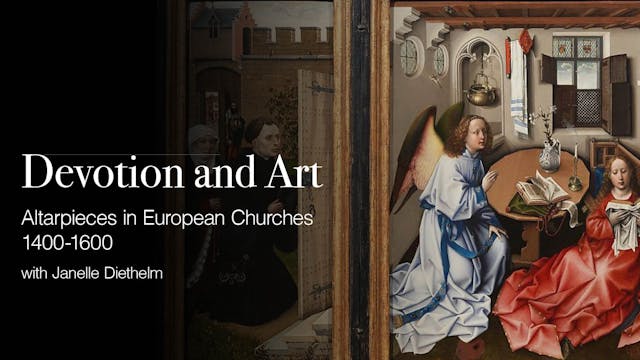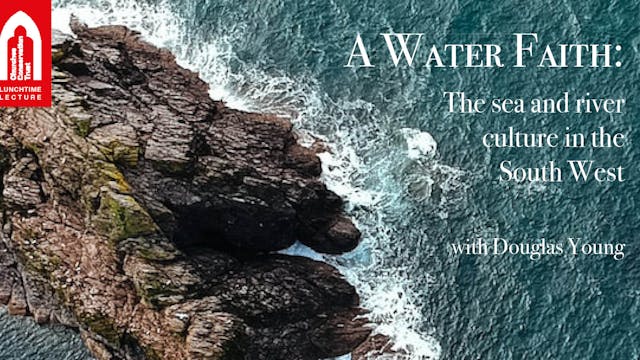Remembering the Wesley Tapestry
Our Free Lectures
•
1h 15m
The sketch drawing based on Gwennap Pit was the symbol used to promote the Methodist contribution to the Cornish Drama Festival of 1951. This event was itself part of that year’s Festival of Britain and brought together Cornwall County Council, the Religious Drama Fellowship, the Federation of Women’s Institutes and the Methodist Council of Churches. Alongside such indoor plays as St Petroc in Bodmin Parish Church and the Cornish Saints in Truro Cathedral there was a determination to go for outdoor performances. This included the performance of plays in the Cornish language at Perran Round by Robert Morton Nance, Grand Bard of Gorsedh Kernow, and members of the Old Cornwall Societies along with ‘Tristan of Cornwall’ at the Minack. The principal Methodist contribution was an outdoor performance of ‘The Wesley Tapestry’ by Christian Mitchell at the iconic site of Gwennap Pit near Redruth. It brought together the story of the Wesley brothers with ‘the events of 18th century Cornwall’. Episodes in the play ranged from Epworth Rectory to places in Cornwall like Trewint, Falmouth and Truro. Mitchell saw the play as an ‘opportunity to write something of Cornwall’s religious history which could be appreciated by all denominations, within the churches and out of them’.
Up Next in Our Free Lectures
-
The Sensational Books of Medieval Chu...
This talk highlights a range of books for worship, which come in every shape and size, designed around a range of human and environmental considerations. These volumes were not for the eyes only; they were also heard, smelt, touched, and kissed.
-
Devotion and Art
Janelle will discuss devotional art and their hidden symbolism, that decorated churches in Europe. First touching on the Northern Renaissance and the role of altarpieces, Janelle will next take a closer look into who commissioned them. The last two works are private devotionals and connect to the...
-
A Water Faith: Faint Signs in the Mis...
Douglas discusses the emergence of the Maritime Church in both coastal and river environments, facilitated by the travelling activities of Early Christian and Celtic Saints. Douglas sheds insight into how we might find clues in the landscape to understand how Christianity has geographically trave...



